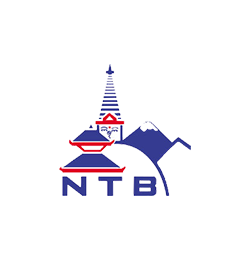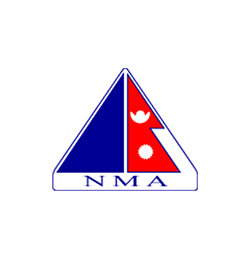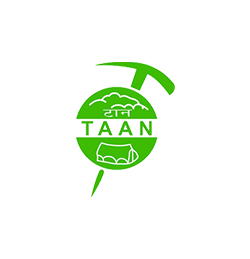Nepal is a country that comes with diversity in its climatic conditions. With altitudes ranging from just a few metres above the sea level to a high above 8,000 metres, the weather conditions one can experience ranges from the tropical to the arctic. For every gain of 1,000 metreson the altitude scale, on average, there is a drop of 6 degrees in temperature.
Broadly, Nepal experiences four seasons. The best season to visit Nepal is, of course, dictated by personal preferences.
Spring (March – May)
Spring is the season when the flowering of plants and clear weather conditions appeal to most people. The Spring in Nepal too has a similar characteristic. Many hilly parts in Nepal are simply in full bloom with the flowering of the rhododendrons. Temperatures alsochange to match the flow. While tolerably warm lowlands are still able to attract visitors, the cool and clear conditions in the highlands simply tempt.
Activities to look forward to
- A trek, either to moderate altitudes or high ones
- A jungle safari
- A day tour
- A cultural tour
- A mountain flight
- Rafting, Bungee, Zip-Flying, Paragliding, Canyoning,
Summer (June – August)
In Summer, the plains see temperatures rising to the scorching one, with the heat in the daytime in many parts now exceeding mid-thirty degreesCelcius. Kathmandu and Pokhara too feel the heat, but not in the intolerable side.
The Summer in Nepal is also the time for one more phenomenon: the monsoon. The downpour can be consistent, for days or even for weeks at times. The impact of the monsoon rains differ from place to place. While Pokhara, the lake city, receives heavy showers regularly, Upper Mustang, in the rain-shadow area, experiences only drizzles. While some hills see landslides, others turn greener and fresher. While some parts in the plains see flooding, others find the rains a welcome relief mainly from the heat at those times. With the clouds still roaming about, a clear view of the Himalayas is often not possible. However, there’s certainly excitement in the ways of the clouds; at times, covering all the elevations; at others, allowing just a peak at them; and at still others, making that space for a look at the larger portions, along with the peaks.
Activities to look forward to
- A trek to any of the main trek options for Trekking in Nepalexcept some routes prone to landslides
- A monsoon experience
- A Pokhara Monsoon Tour
Autumn (September –November)
As the summer, along with its monsoon, gradually lets go and the autumn takes over by mid-September, the sun decides to turn down the heat a little. The temperatures react and the air finds itself transforming to a period of cooler days. With the weather now pleasant and clear, views of the Himalayas are no miserly.
Activities to look forward to
- A trek, either to moderate altitudes or high ones
- A jungle safari
- A day tour
- A cultural tour
- A mountain flight
- Rafting, Bungee, Zip-Flying, Paragliding, Canyoning
Winter (December – February)
As temperatures fall all around, some high hills as well as the Himalayas receive snow. In the hills and their valleys, temperatures drop, to subzero levels at places, but the days are often pleasantly warm. The weather, even in the plains, turns cold, especially in the mornings, evenings and nights. The rains, during the season, are only sporadic.
Activities to look forward to
- A trek, either to moderate altitudes or high ones
- A jungle safari
- A day tour
- A cultural tour
- A mountain flight
- Rafting, Bungee, Zip-Flying, Paragliding, Canyoning






